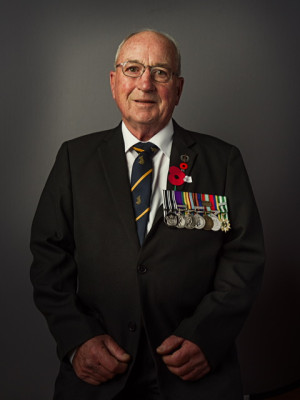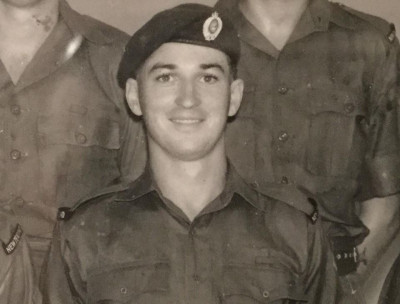The story of the caskets for the Unknown Warrior
In November 2004, the remains of New Zealand’s Unknown Warrior were returned to the care of New Zealand from Caterpillar Valley near Longueval in France—the site of the Battle of the Somme.
The remains were laid to rest at the Tomb of the Unknown Warrior at Pukeahu National War Memorial Park. This significant event marked the courage and sacrifice made by thousands of New Zealanders during the First World War, and all conflicts since.
Robert (Bob) Jones—a veteran who served in Malaya, Borneo and Vietnam—was given the honour of carving the casket which would hold the remains of New Zealand’s Unknown Warrior.
A qualified cabinet maker, Bob rejoined the building and joinery trade following his military service, eventually working for Westland Funeral Services in Greymouth. It was during his time with Westland Funeral Services, that Bob was asked to carve three kauri caskets. The outer and inner caskets were sent to Caterpillar Valley Cemetery to collect the remains of the Unknown Warrior. The third casket was donated to Te Mata Toa—the National Army Museum—after having been used for training purposes and held as a spare until the return of the remains had been completed.

Bob Jones

Bob Jones in 1967
Bob undertook careful research connecting the timber and symbols he used to New Zealand’s military history. During the making of the caskets, Bob showed in his actions what these caskets meant to him as a soldier and as a cabinet maker.
Robert (Bob) Jones—a veteran who served in Malaya, Borneo and Vietnam—was given the honour of carving the casket which would hold the remains of New Zealand’s Unknown Warrior.
A qualified cabinet maker, Bob rejoined the building and joinery trade following his military service, eventually working for Westland Funeral Services in Greymouth. It was during his time with Westland Funeral Services, that Bob was asked to carve three kauri caskets. The outer and inner caskets were sent to Caterpillar Valley Cemetery to collect the remains of the Unknown Warrior. The third casket was donated to Te Mata Toa—the National Army Museum—after having been used for training purposes and held as a spare until the return of the remains had been completed.